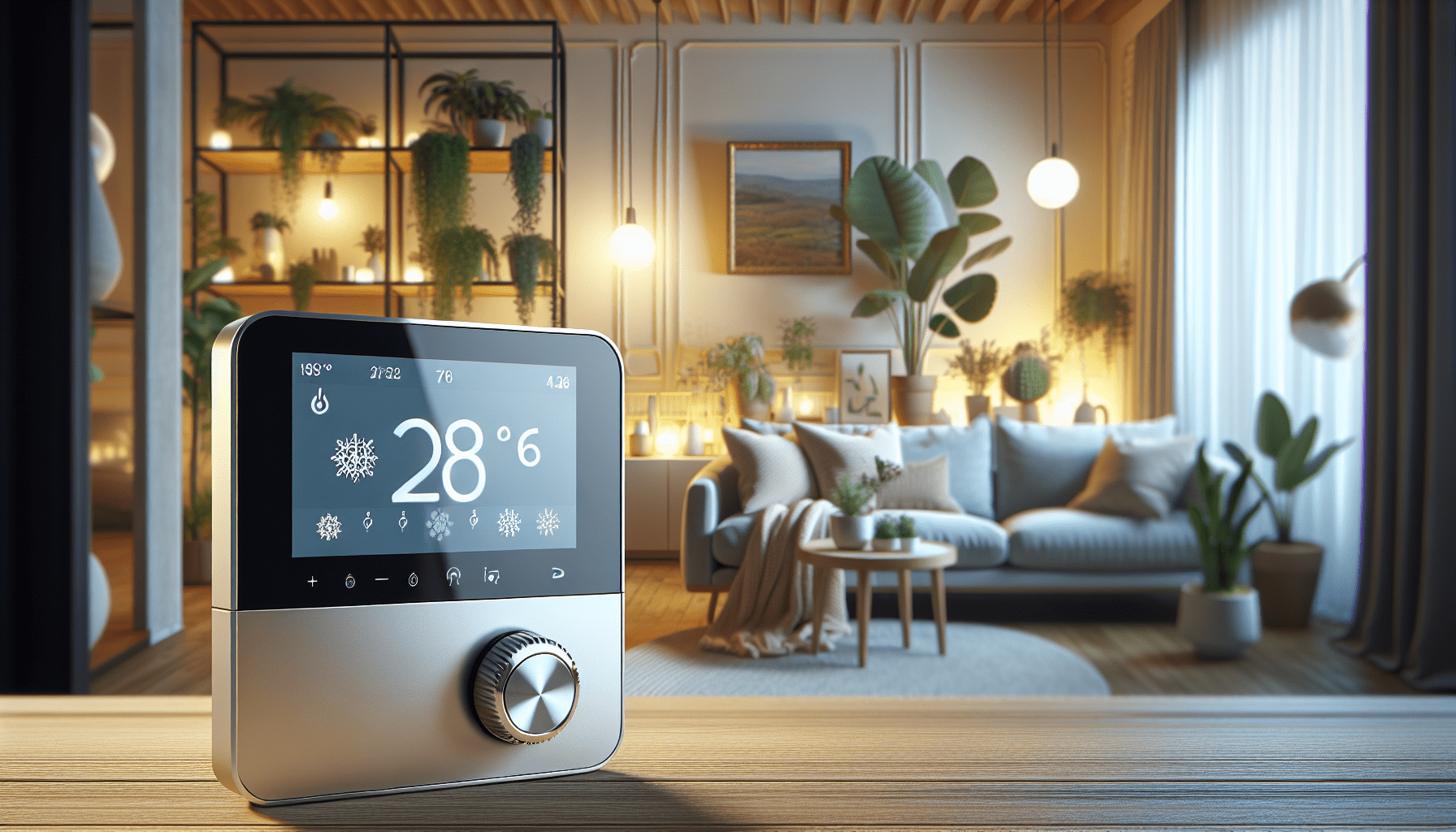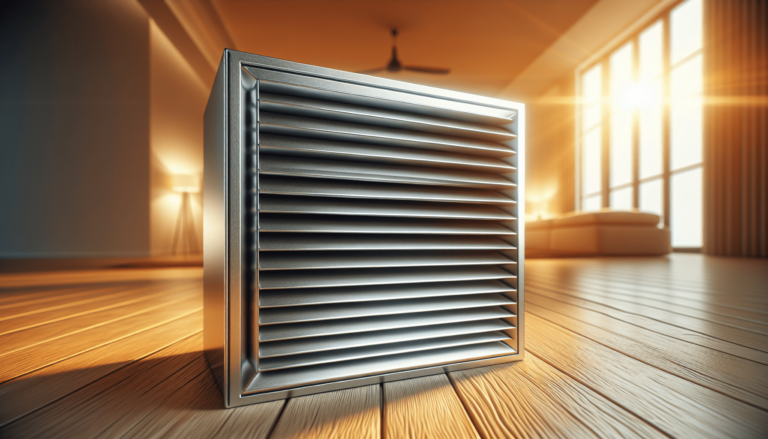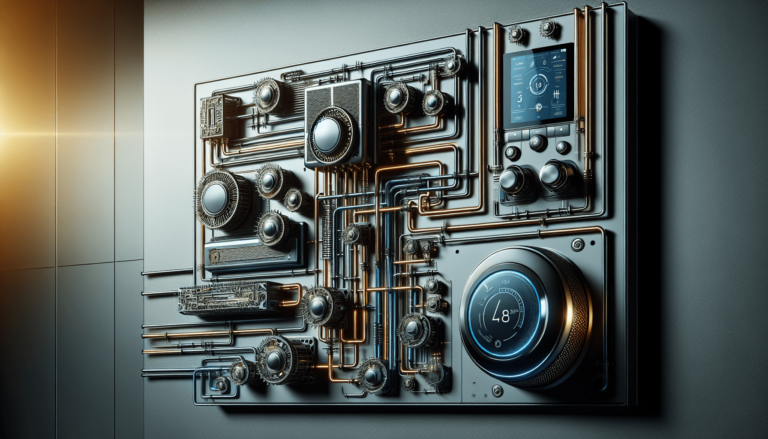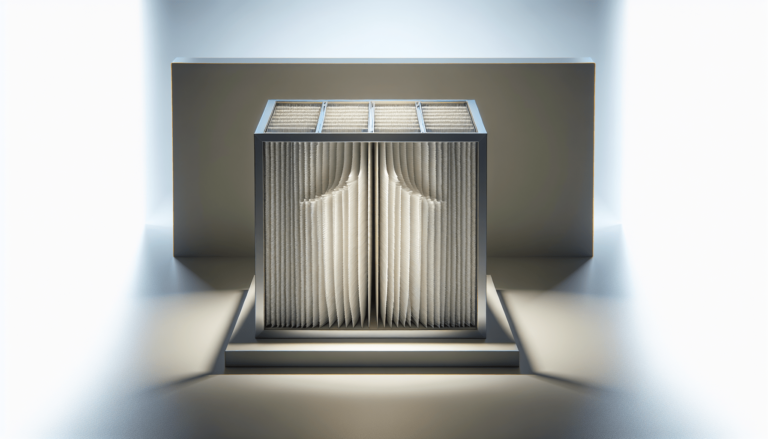

HVAC Services
Get Professional Repairs From The Area's Trusted HVAC Technicians. Ask About Our Services! We Offer Professional Heating & Cooling System Repairs And Guarantee Long-Lasting Results.
Got Question? Call us: (850) 678-2665Financing
Improving Indoor Comfort With Proper HVAC Calibration
Discover the art of indoor bliss! Unveil the secrets of HVAC calibration to perfect your home's temperature and trim those energy bills. Comfort is just a tune-up away. 🔧🌡️

Have you ever wondered why some days your home feels just perfect, while on other days, it either feels too hot or too cold? It might be that your HVAC system needs some calibration. When talking about home comfort, few things are as critical as your HVAC (Heating, Ventilation, and Air Conditioning) system. Often, a simple calibration can drastically improve not only your comfort levels but also your energy bills.
What is HVAC Calibration?
HVAC calibration, in a nutshell, involves adjusting your heating and cooling system to ensure it operates efficiently. This process includes fine-tuning the thermostats, inspecting the airflow, and ensuring that the system’s various components work in harmony. Calibration can make a world of difference in how you experience your indoor environment.
Why Calibration Matters
Calibration is like tuning a musical instrument. Even the most expensive violin won’t produce beautiful music if it isn’t properly tuned. The same logic applies to your HVAC system. If it’s not calibrated, you’re likely wasting energy and compromising your comfort.
How Calibration Impacts Comfort
Proper HVAC calibration ensures that temperatures inside your home remain consistent, regardless of changes in outdoor weather. Imagine not having to reach for the blanket or crank up the AC; that’s the beauty of a well-calibrated system.
The Basics of HVAC Systems
Before diving into calibration, it helps to understand the basics of how HVAC systems work. Your HVAC system is comprised of several components, including the furnace, air conditioner, heat pump, and ductwork. Each part plays a vital role in maintaining your indoor climate.
Components and Their Functions
| Component | Function |
|---|---|
| Furnace | Heats the air and distributes it throughout your home |
| Air Conditioner | Cools the air and removes humidity |
| Heat Pump | Transfers heat either into or out of your home, depending on the season |
| Ductwork | Channels the heated or cooled air to different parts of your home |
Each of these components must be in sync for the system to work efficiently. If even one part is out of tune, it can throw off the entire system, leading to uncomfortable indoor conditions and higher energy bills.

Steps to Proper HVAC Calibration
Wondering how to go about calibrating your HVAC system? Here’s a detailed step-by-step guide to walk you through the process.
Step 1: Thermostat Calibration
Start with the thermostat, the brain of your HVAC system. Over time, thermostats can lose their accuracy, leading to temperature discrepancies.
- Check the Current Setting: Compare the thermostat’s reading to an accurate indoor thermometer.
- Adjust If Needed: If there is a difference, consult your thermostat’s user manual for calibration instructions.
Step 2: Airflow Inspection
Next, focus on ensuring that air is flowing freely and efficiently throughout your home.
- Check Vents and Registers: Make sure they’re clean and unobstructed.
- Inspect the Ductwork: Look for leaks or blockages that might hinder airflow.
Step 3: System Components
After examining the thermostat and airflow, it’s time to move on to the system’s other key components.
- Furnace and Air Conditioner: Perform routine maintenance, including changing filters and cleaning coils.
- Heat Pump: Check the outside unit for debris or obstructions.
The Role of Professional Maintenance
While some calibration steps are simple and can be done by you, others require a professional touch. Regular maintenance by qualified HVAC technicians can ensure your system remains in top shape.
Why Hire Professionals?
Professionals have the tools and expertise to diagnose issues that you might overlook. They can also perform advanced calibration tasks that ensure your HVAC system operates at peak efficiency.
| Task | DIY or Professional? |
|---|---|
| Thermostat Calibration | DIY |
| Airflow Inspection | DIY |
| System Maintenance | Professional |
| Advanced Calibration | Professional |
Finding the Right Professional
When looking for an HVAC professional, consider recommendations, read reviews, and check credentials. For those in Niceville, FL, Tempacure Heating and Air Conditioning is a well-regarded option, located at 325 Cedar Ave S Suite B.

Benefits of Proper HVAC Calibration
Proper calibration goes beyond just improving your comfort; it has tangible benefits that you’ll notice both in your indoor environment and on your energy bills.
Enhanced Comfort
When your HVAC system is properly calibrated, it maintains consistent temperatures, providing a better indoor climate.
- Consistent Temperatures: No more hot or cold spots around your home.
- Better Humidity Control: Proper calibration also helps in regulating humidity levels, making your indoor air feel more comfortable.
Energy Efficiency
By ensuring that your HVAC system operates efficiently, calibration helps you save on energy costs.
- Lower Energy Bills: A well-calibrated system uses less energy, leading to cost savings.
- Longer System Lifespan: Reduced wear and tear means your system will last longer, saving you money on replacements.
Common Calibration Issues
There are several common issues that might suggest your HVAC system needs calibration. Addressing these can improve your system’s performance significantly.
Uneven Temperatures
Finding that one room is much warmer or cooler than the others is a classic sign that your system might need calibration.
High Energy Bills
If you’ve noticed a spike in your energy costs without a corresponding increase in usage, your system might be working harder than it needs to.
Frequent Cycles
When your HVAC system frequently turns on and off, it could indicate a calibration issue that needs addressing.
DIY Calibration Tips
While many calibration steps require a professional, there are several things you can do to ensure your system runs efficiently.
Regular Filter Changes
Changing the filters regularly is perhaps the simplest and most effective way to keep your system in check.
- Check Monthly: Inspect the filter every month and replace it if necessary.
- High Efficiency: Consider using high-efficiency filters for better air quality and system performance.
Clean Vents and Registers
Keeping vents and registers clean and unobstructed helps maintain good airflow.
When to Call a Professional
Certain symptoms indicate that you should call a professional for HVAC calibration.
Unusual Noises
Strange noises such as banging, clanking, or hissing generally point to an internal problem that needs professional attention.
Unresponsive Thermostat
If your thermostat doesn’t respond to adjustments, it could require more than just calibration and should be inspected by a technician.
Technologies Making Calibration Easier
Modern technology has made HVAC calibration easier and more accurate than ever before. Smart thermostats and advanced diagnostic tools allow for precise adjustments.
Smart Thermostats
These thermometers learn your habits and can automatically adjust settings to optimize comfort and efficiency.
- Programmable Schedules: Set it and forget it. These thermostats adjust based on your schedule.
- Remote Access: Control your home’s climate from your smartphone.
Diagnostic Tools
HVAC technicians now use advanced diagnostic tools that can quickly identify and resolve issues, making professional calibration more efficient.
Frequently Asked Questions
How Often Should You Calibrate Your HVAC System?
To maintain optimal performance, your HVAC system should undergo professional calibration at least once a year. However, if you live in an extreme climate, you may need more frequent adjustments.
Can You Calibrate an HVAC System Yourself?
While you can perform basic tasks like thermostat calibration and filter changes, more complex calibration should be left to professionals.
What Are the Signs Your HVAC Needs Calibration?
Uneven temperatures, high energy bills, and frequent system cycles typically indicate that your HVAC system might need calibration.
Conclusion
When it comes to maintaining a comfortable indoor environment, proper HVAC calibration is crucial. From ensuring consistent temperatures to saving on energy costs, the benefits are numerous. Whether you choose to handle basic tasks yourself or hire a professional, knowing the importance and steps involved in HVAC calibration can make a significant difference. For the residents of Niceville, FL, Tempacure Heating and Air Conditioning offers expert services to ensure your home remains a haven of comfort. Take control of your indoor climate today by understanding and employing the principles of proper HVAC calibration.







